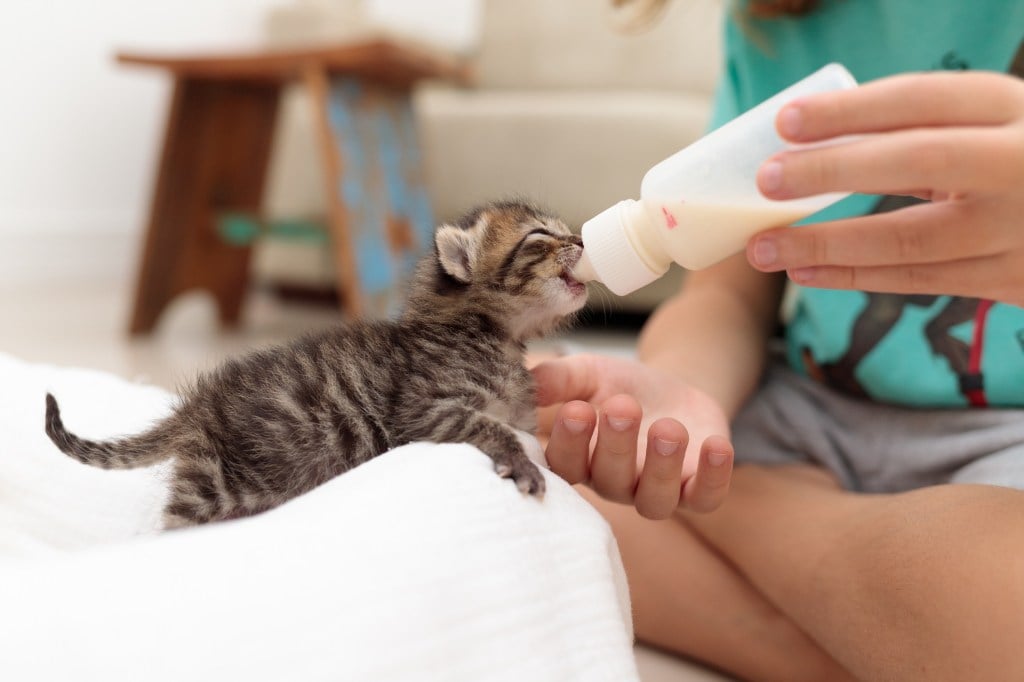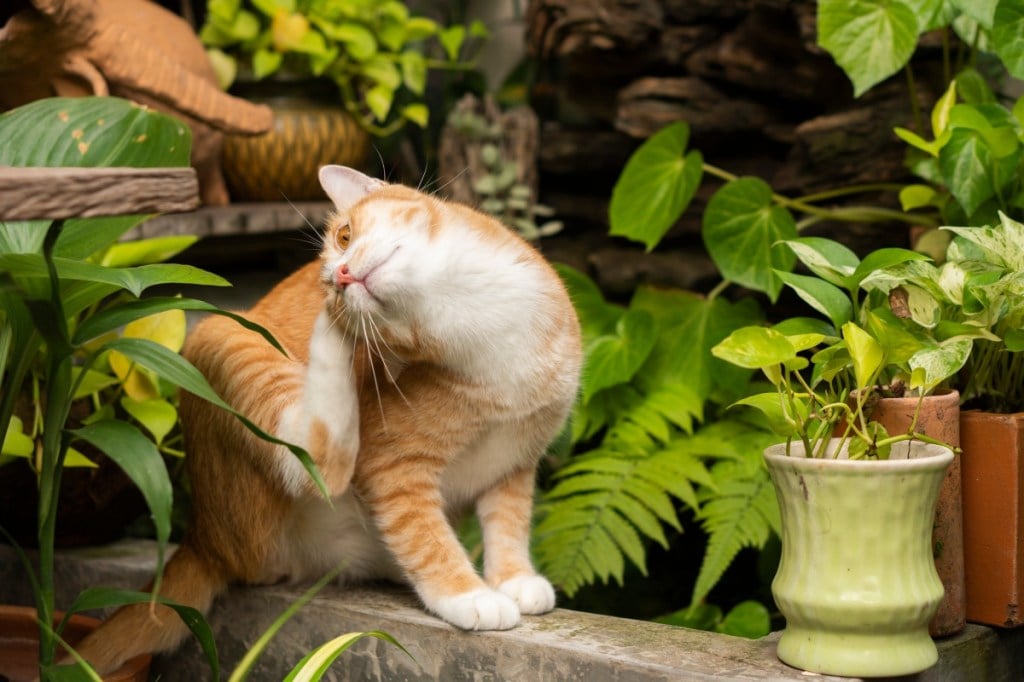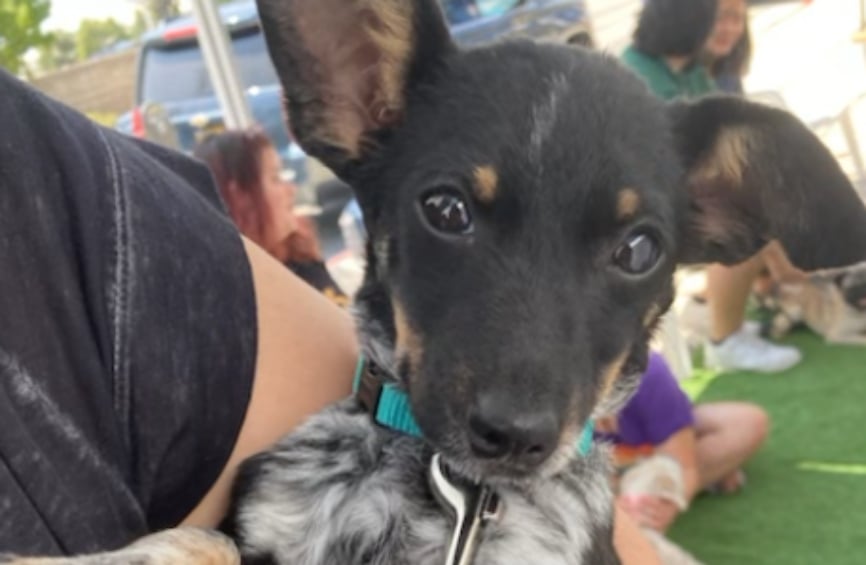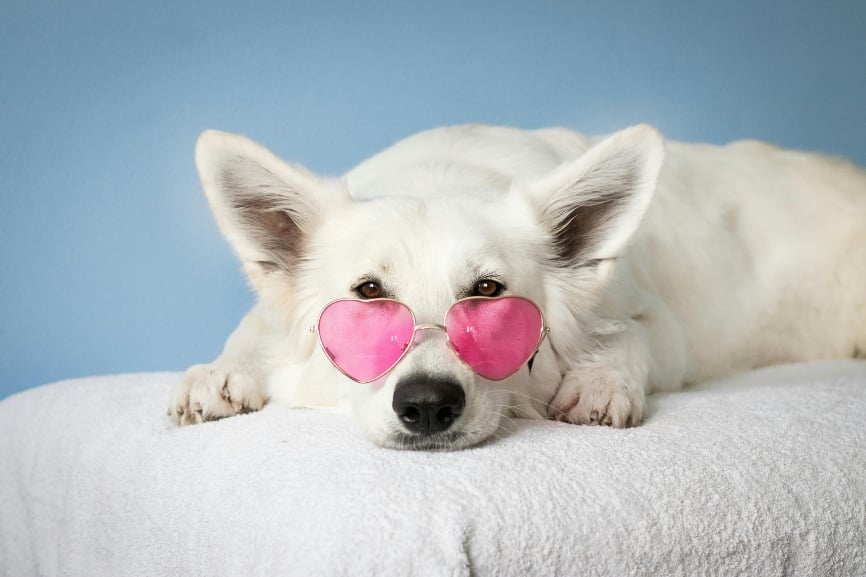Table of Contents
Feline Lower Urinary Tract Disease (FLUTD) is a common reason cats are treated at the veterinary hospital each year. This condition can be very uncomfortable and can result in your cat showing abnormal behaviors such as changes in urination, vocalization, or avoidance of the litter box altogether. Even worse, if left untreated, the condition can be life-threatening. Continue reading to find out the clinical signs, treatments, and prevention strategies for this condition.
What is FLUTD and what is the cause?
FLUTD describes a variety of conditions that affect the bladder and urethra of cats – the most common type of disease being “idiopathic cystitis.” “Cystitis” is the term commonly used to describe bladder inflammation and “idiopathic” means “of unknown cause.” It is also known by other names including feline interstitial cystitis and Pandora syndrome.
FLUTD is often seen as a chronic, inflammatory condition of the bladder. The underlying causes are likely due to multiple factors. These include bladder and hormonal abnormalities, environmental stressors, infections, urinary stones, and/or rock-hard collections of minerals formed in the urinary tract of cats which obstructs the normal flow.
What is the difference between FLUTD and a UTI?
FLUTD encompasses a variety of conditions of the bladder and urethra of cats, whereas a urinary tract infection is one common condition under this umbrella.
Which cats are most at risk?
The cats most at risk are those with a highly sensitive stress response. Middle-aged indoor cats who are overweight are also at an increased risk. Environmental events can contribute to an episode (moving to a new home, for example), but other environmental issues like poor litter and pan management can contribute, or even a conflict with a companion cat (food and water competition or poor access to lounging, resting, and litter areas). Other factors that can increase risk include low activity levels or increased weight gain.
How can an owner recognize that their cat has a problem?
Pet parents may notice their cat straining to pee, passing a small amount of (or even no) urine, having blood in the urine, and/or urinating outside the litter box. Pet parents may also observe smaller urine clumps than normal when using clumping litter, and some owners may have trouble telling if the cat is straining to urinate versus defecate. They may be licking their genitals more and vocalizing in the litter box. Many affected cats may also have additional symptoms, which may include vomiting, diarrhea, poor appetite, low energy, decreased social interaction, or decreased grooming.
Note: Meowing while urinating can be a sign of pain. If you notice any of these changes, your cat should be seen by a veterinarian immediately. It is important to rule out a urethral blockage (a blockage in the tube that empties urine outside of the body) promptly, as it can be a fatal condition if left untreated.
How are cat urinary problems diagnosed?
There are a number of causes for FLUTD. At your cat’s appointment, your veterinarian will do a physical examination and will likely run a urinalysis to assess the pH of your cat’s urine and to check for the presence of crystals, blood, or signs of an infection. Further tests may include a urine culture, x-rays, and blood work to determine the cause.
What is the recommended treatment?
Treatment will depend on the underlying cause, but encouraging increased water intake through an enticing water fountain or feeding only wet food may be recommended. Reducing environmental stressors is also necessary.
- For a bacterial infection, your veterinarian may prescribe antibiotics.
- In the case of bladder stones, a special prescription diet may be recommended in attempts to dissolve the stones; in some cases, surgery may be necessary.
- A blocked urethra is considered an emergency situation that requires immediate veterinary attention. Left untreated, it can cause acute kidney failure and death. Blockages are removed under anesthesia, and many cats require hospitalization after the procedure while they recover. Hospitalization and recovery may include IV fluid therapy, a urinary catheter, and medications for pain and swelling.
What is the cost range/average cost for treatment?
Tests that are commonly run to rule out potential causes of urinary discomfort include urinalysis, urine culture, and/or x-rays. Costs for all these tests can be $500 – $600. Outpatient treatment typically costs $100 – $200, while hospitalization and surgery can be $1,500 – $3,000 or more.
With Healthy Paws Pet Insurance, you could save up to 90% on those vet bills. You could save thousands of dollars if enrolled prior to your cat getting sick or injured unexpectedly. Find out more about Healthy Paws cat insurance here.
What can we do to help our cats avoid FLUTD?
There are a couple ways to help avoid FLUTD. Environmental modifications (Multimodal Environmental Modifications, or “MEMO”) can help reduce stress by positively altering the cat’s environment.
These modifications may include the following:
- Cat trees, towers, scratchers and perches for climbing, resting, scratching and lounging
- Separated feeding and water stations for multiple cats
- Positive owner interactions: toys, food puzzles, and plenty of playtime – even just spending time with your cat can help reduce stress and anxiety
- Litter pan management: appropriate number for multiple cats, large enough size, cleanliness, quiet location, and preferred type of litter
- Pheromones (Feliway or Comfort Zone)
- Conflict management between cats
Paying special attention to diet can be helpful as well. These modifications may include the following:
- Frequent, small meals
- Canned foods, extra dietary moisture
- Weight management
- Specially formulated prescription diets[1]
If your cat has had a previous episode of FLUTD, the condition is more likely to recur in the future. If you notice your cat exhibiting any abnormal signs related to urination, seek veterinary care to determine the underlying cause and help your cat feel better.
The content is not intended to be a substitute for professional veterinarian advice, diagnosis, or treatment. Always seek the advice of your veterinarian or other qualified health provider with any questions you may have regarding a medical diagnosis, condition, or treatment options.
For more information on urinary tract infections in cats, check out our blog post, “Cat Urinary Tract Infections.” While prevention is key, not all illnesses can be avoided. By enrolling your cat in pet health insurance before an ailment strikes, you can save up to 90% on veterinary bills. Start by getting a free quote.
[1] Healthy Paws does not cover cat or dog prescription diets.








